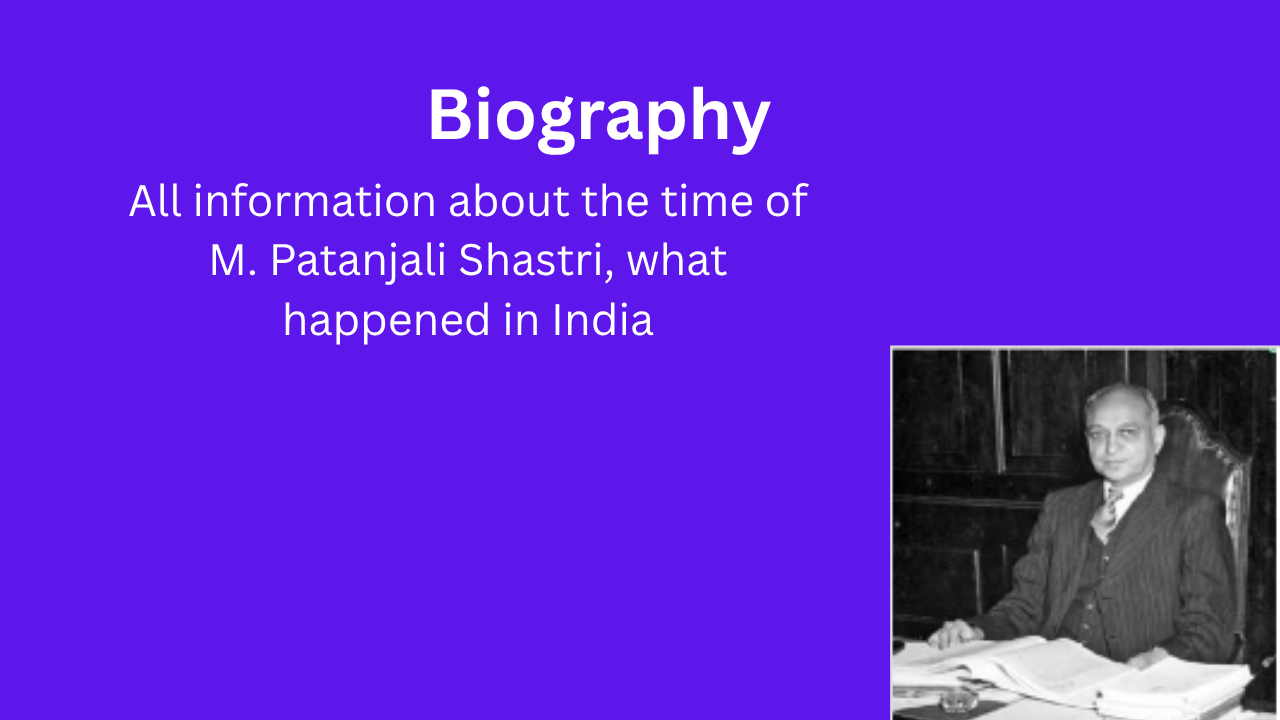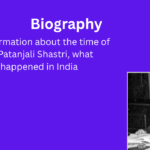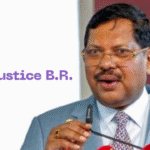This is a brief account of the Justice’s illustrious M. Patanjali Shastri judicial career. He began his legal career as an advocate in the Madras High Court in 1914 and served the judiciary for nearly twenty-five years. On March 15, 1939, he was appointed a Judge of the Madras High Court, where he set high standards of justice.
He later became a judge of the Court on Saturday, December 6, 1947, and served in that position until January 25, 1950. His education was equally impressive; he obtained a Bachelor of Arts degree from Pachaiyappa’s College in 1910 and a Bachelor of Laws (B.L.) degree from the Law College of Madras in 1912. During his 74 years, he shaped the Indian judicial system and set a exemplary example of judicial ethics.
Turmoil in India from 1951 to 1954
First Amendment in India:It was during his tenure that the First Amendment to the Indian Constitution, enacted in 1951, supported the abolition of the zamindari system and the imposition of reasonable restrictions on freedom of expression. This amendment also added the Ninth Schedule to protect land reform laws from judicial review and allowed the government to make special provisions for the advancement of socially and economically weaker sections of society.
First census :February 10, 1951 increase of 13.31% over the 1941 census.
The first Asian event : 11 countries participated in it and it was held at the Major Dhian Chand Stadium in Delhi.
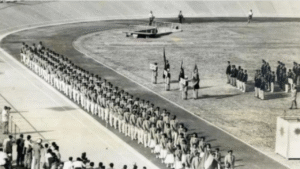
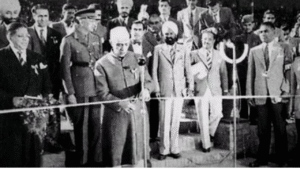
Early life and education of M. Patanjali Shastri
Chief Justice M. Patanjali Shastri was born on January 4, 1889, in Madras (now Chennai), Tamil Nadu. His father, Shri Krishna Sastri, was a senior Sanskrit scholar at Pachaiyappa’s College, Madras. Notably, Chief Justice Sastri was one of the four out of the first eight judges of the Federal Court who came from families of distinguished Sanskrit scholars.
He completed his B.A. degree from Pachaiyappa’s College, the same institution where his father had taught for many years. During his studies, he was awarded the Godavari Sanskrit Scholarship. After completing his degree, he spent about two years teaching high school students before deciding to pursue a career in law. In 1912, he earned his Bachelor of Law (B.L.) He obtained his M.A. degree from Madras Law College and began his professional journey as a first generation lawyer from a distinguished Brahmin family.
Worked as a lawyer
In 1914, M. Patanjali Shastri was enrolled in the Madras High Court, where he quickly gained a reputation as a reliable and skilled tax lawyer. According to V.C. Gopalratnam, he established himself as an expert in handling complex taxation cases.
In 1922, when the Indian Income Tax Act was enacted, the Central Government recognized Chief Justice Sastri’s impeccable expertise in tax law and appointed him as the Standing Counsel for the Income Tax Commissioner.Shastriji held the position of judge until he was appointed.
Learn more: The First Chief Justice of India
Judicial Career and Professional Journey as a Judge
On March 15, 1939, Justice M. Patanjali Shastri succeeded Sir Srinivasa Varadachari as a Judge of the Madras High Court. His close friend and colleague, Sir Varadachari, had been promoted to the Federal Court.
After serving as a permanent judge of the Madras High Court for nine years, Justice Sastri was elevated to the Federal Court on December 6, 1947. The story of his appointment to the highest court is quite interesting. Two days before India’s independence, the then Chief Justice M. Patanjali Shastri of the Federal Court, Patrick Spens, resigned from his position. Justice H.J. Kania succeeded him as the new Chief Justice of the Federal Court and went on to become the first Chief Justice of independent India. This transition created a vacancy that Justice Sastri was appointed to fill. He continued to serve on the Federal Court until it was dissolved on January 26, 1950.
According to George H. Gadbois Jr. in his book Judges of the Supreme Court of India, with the appointments of Justice Sastri and Chandrasekhara Aiyar, the southern states gained representation among the first eight judges of the Federal Court.
Under normal circumstances, Justice Sastri would not have become Chief Justice of India based on seniority alone. However, the sudden demise of Chief Justice H.J. Kania on November 6, 1951, made Justice Sastri the senior-most judge of the Supreme Court. Consequently, on November 7, 1951, he assumed office as the Chief Justice of India.
Historical accounts from that period suggest that Prime Minister Jawaharlal Nehru initially preferred Justice M.C. Chagla—who was third in seniority—was chosen to

